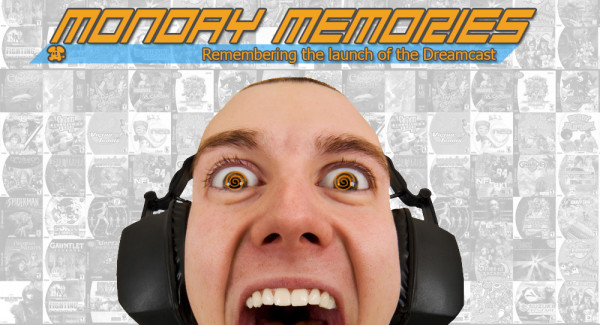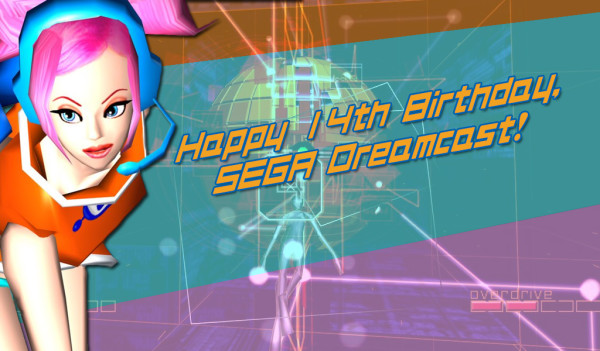Editorial: Fourteen years later, SEGA’s final hurrah is still one to remember
It’s incredibly rare for a failed system to carry with it such a long-lasting legacy. With the closing of one console generation comes the opening of another, and with time, the systems of old one fade into the realm of memories.
The Dreamcast didn’t get to see the end of the sixth generation of video game systems; at least, not in a traditional sense. But its thriving indie scene was then created, living on for years after the system’s discontinuation, with small independent games released, even today, for SEGA’s white box. Digital remasters of Dreamcast games on HD consoles continue to be greeted with interest and enthusiasm, this anticipation reaching even beyond the SEGA community.
For those of us who owned a Dreamcast from 1999 through 2001, we know that the system was truly something special. It was the only video game console to see its launch at the tail-end of the 90s, carrying with it not only the cultural magic that was the year 1999, but also carrying on its shoulders the last remnants of a dying arcade industry, without a doubt making the most of both. But the Dreamcast also had an eye to the future. As the first sixth gen video game system, it lead the way for many of the games we would go on to experience in a generation that saw storytelling and presentation make a significant jump. The Dreamcast’s games were not (for the most part) the types of linear “movie-games” we see today, but they were certainly cinematic; far more than what came before. They were innovative, they were different, they were funky, and they had soul.
They were art.


